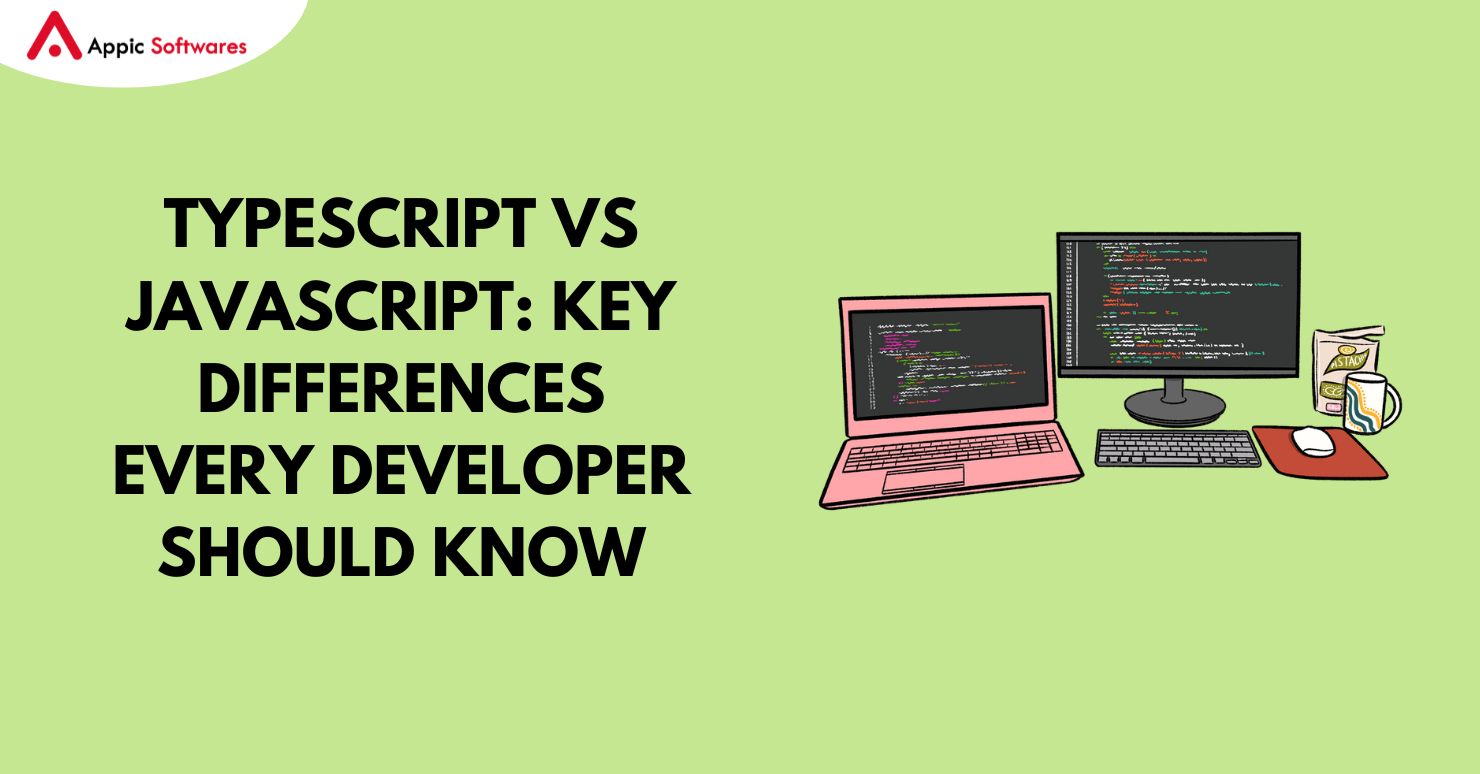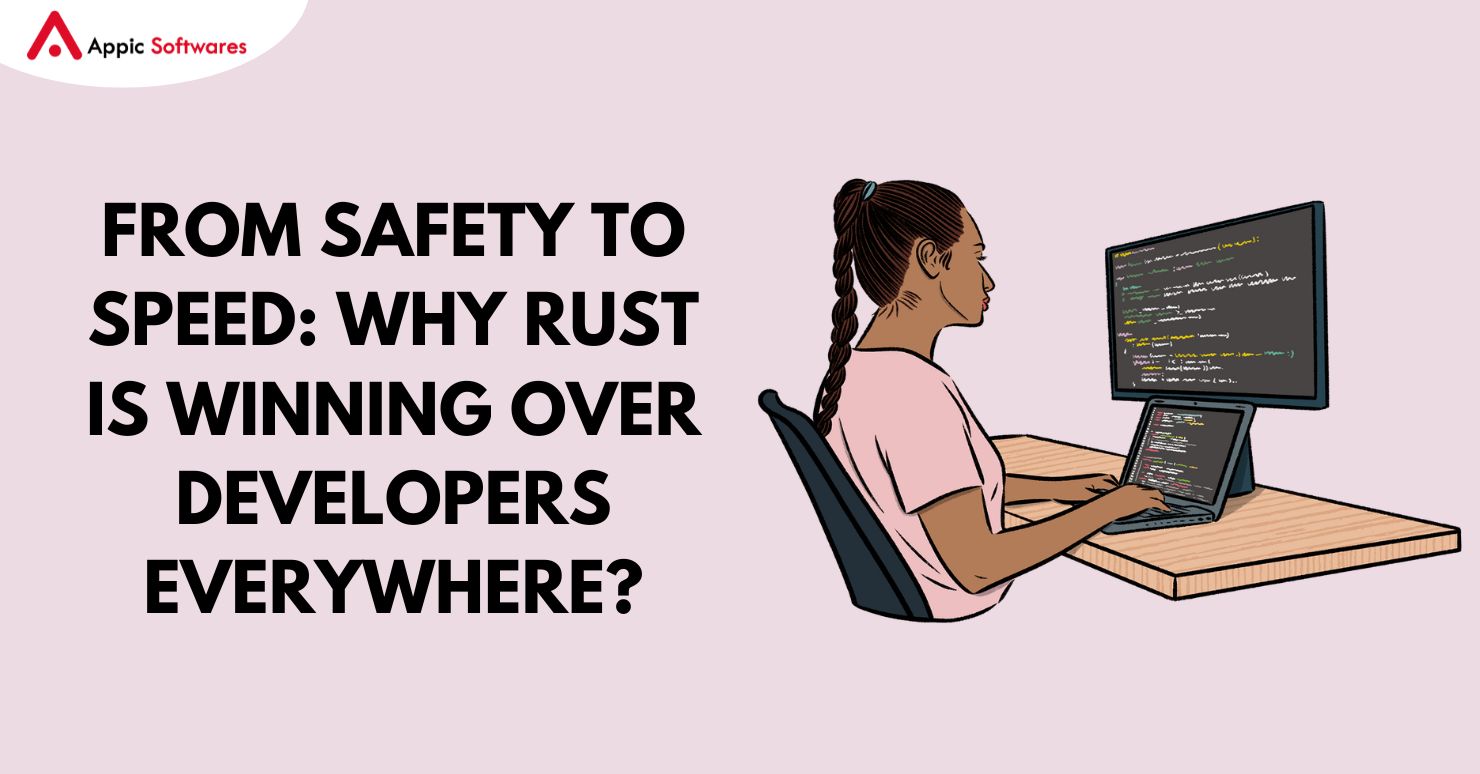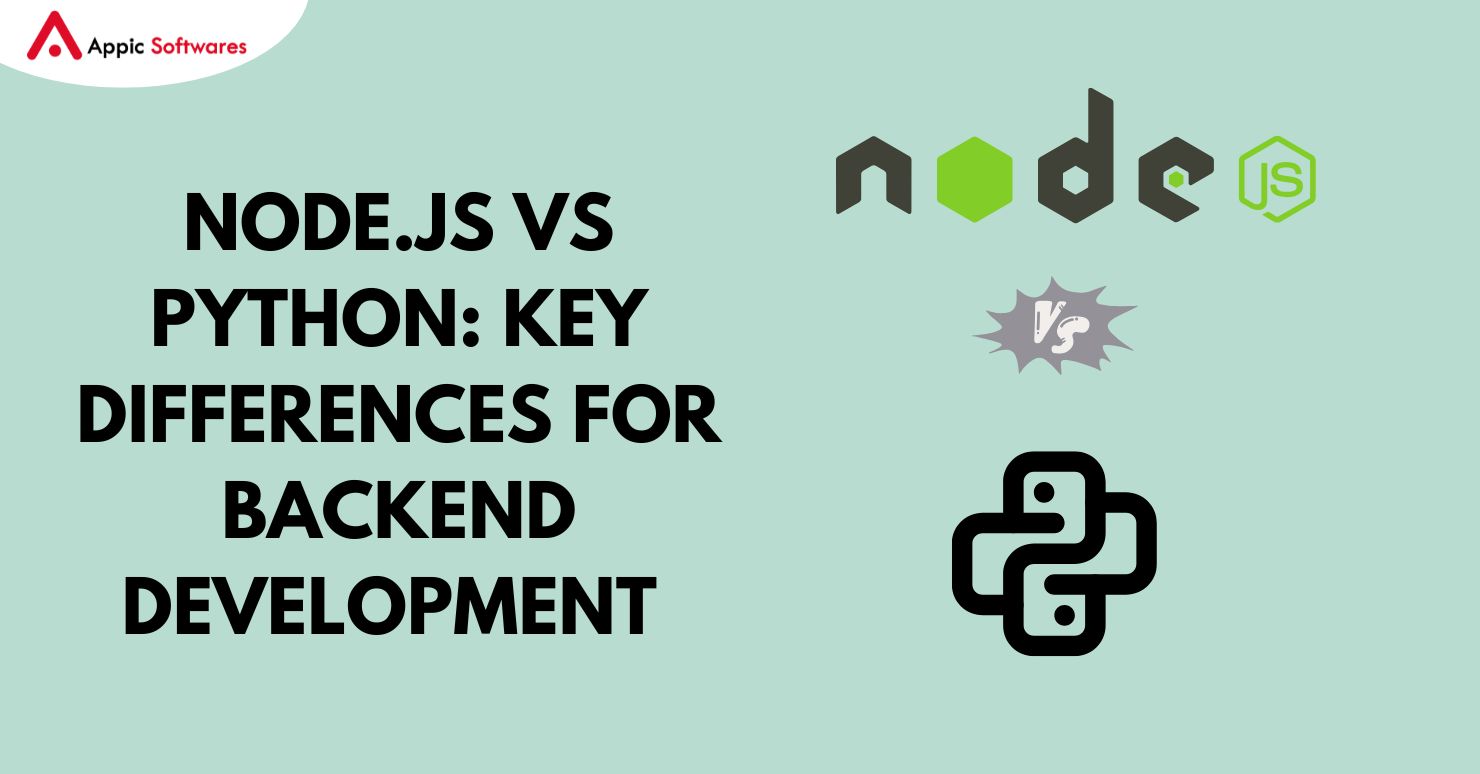
Today, the debate of single agent vs multi agent stands out. Many companies ask if one AI program can handle all the work or if a group of AI programs is needed to make work run smoothly. In this article, we give a clear view of how these two approaches work. We talk about the differences, list simple examples, compare development costs, and show the best frameworks to build these systems.
What Are Multi-Agents?
Multi-agents are groups of AI programs that work together. They share tasks and help finish work smoothly. In a multi-agent system, each agent takes on a small part of a larger job. This method lets a business handle many tasks at the same time and work with large amounts of data. When companies use many agents, the work is split into simple parts that each agent can complete with ease.
Each agent works on its own and talks with others to form a complete solution. This teamwork leads to faster results and keeps each agent focused on its task. It is easy to see how a multi-agent system works in a team environment. Many experts point to this approach in the ongoing debate of single-agent vs multi-agent as a way to manage busy projects. In the constant evaluation of single-agent vs multi-agent, many businesses choose multi-agents for larger tasks.
Multi agents offer speed and clear task division. When work grows, this distributed method helps keep the process steady and quick. Many companies find that a multi-agent approach meets the needs of a busy work setting. The idea behind multi-agents is simple: each agent acts as a helper, and together they complete the job.
What Are Single Agents?
A single agent is one AI program that handles an entire task from start to finish. It takes charge of every step and makes all decisions on its own. This method is easier to manage because there is only one program to watch. Many small tasks work well with this setup.
When you compare single-agent vs multi-agent, the single-agent option often wins for its simplicity. A lone agent does not need to exchange messages with others. It follows one clear plan and keeps work steady. For businesses that are new to AI or that have smaller workloads, a single agent is a smart and clear choice.
Using a single agent also tends to cost less. With fewer moving parts, it is simpler to set up and adjust as needs change. Many small firms seek help from an AI Agent development company to build a system that meets their needs without many extra steps. This makes the start-up process smooth and the final system easy to manage.
When you think of single-agent vs multi-agent, it becomes clear that each method has its strong points. The single-agent method suits those who need a clear, cost-effective, and steady solution for small tasks.
Top 5 Examples Of AI Agents
AI agents come in many forms and serve different roles in various fields. Here are five common examples that show how these agents help companies work better. Each example adds to the discussion of single-agent vs multi-agent as many firms try to pick the best solution.

1. Chatbots
Chatbots answer questions on websites and in apps. They use simple rules to reply to user queries and help customers find quick answers. Chatbots work on clear logic that shows the best side of single-agent vs multi-agent handling of tasks.
At times, it is useful to ask, What Are AI Agents Composed Of? In chatbots, you see that they work with basic code and clear sets of rules that keep responses friendly and fast.
2. Virtual Assistants
Virtual assistants help people with everyday tasks like setting reminders and playing music. They work on devices in homes and on phones. Their clear actions help users with simple jobs. Virtual assistants show one side of single agent vs multi-agent that values a direct approach.
They also have clear AI Agent Features that help them listen and answer quickly. This makes them a good fit for people who need help with daily routines.
3. Recommendation Engines
Recommendation engines suggest products or content based on easy-to-read data patterns. They watch how users act and then offer simple hints on what to choose next. This example shows how a mix of methods from single-agent vs multi-agent can work together. One agent might run a part of the process, while other agents help when the work grows.
There are many Types Of AI Agents in this field. Each recommendation engine plays a special role and adapts to the simple habits of users.
4. Fraud Detection Agents
Fraud detection agents keep an eye on unusual actions in financial systems. They use clear rules to spot risky behavior and keep work safe. By checking data and comparing patterns, these agents help protect assets. This example shows that in the view of single agent vs multi-agent, a mix of agents can secure work by sharing the load. Sometimes a single agent works alone, and sometimes a team helps when tasks increase.
5. Customer Support Agents
Customer support agents answer queries about products and services through live chat or email. They work fast and follow a clear set of rules. Their role is key to keeping customers happy. In the context of single-agent vs multi-agent, customer support shows that many agents working together can share tasks to serve customers quickly.
These simple examples give a clear picture of how AI agents help in various tasks. They also show that each system has its place in the discussion of single-agent vs multi-agent.
Cost Comparison Of Developing AI Agents
The AI agent development cost can change based on a company’s needs. In the clear view of single-agent vs multi-agent, cost plays a big role. The price depends on how complex the agent is and what work it is made to do. Here is a tabular representation of the difference between AI Agents and Multi-Agents:
| Cost Factors | Single AI Agent | Multi-Agent System (MAS) |
| Development Complexity | Lower complexity, fewer interactions | High complexity due to agent interactions |
| Development Cost | $10,000 – $50,000 | $50,000 – $200,000+ |
| Training Data & Model | Requires data for one agent | Requires more diverse datasets for multiple agents |
| Infrastructure Cost | Lower cloud & compute needs | Higher due to parallel processing & inter-agent communication |
| Time to Develop | 2-6 months | 6-18 months |
| Integration Cost | Easier to integrate into systems | Complex integration, higher cost |
| Maintenance & Updates | Lower maintenance | Expensive due to multiple agents interacting |
| Scalability Cost | Easier & cheaper to scale | Scaling requires coordination, increasing the cost |
| Operational Cost | Moderate | High due to resource utilization across agents |
| ROI & Efficiency | Focused on specific tasks | Higher efficiency but cost-intensive |
Factors Influencing Costs Of AI Agent Development
- Complexity of Features: More sophisticated agents with advanced functionalities (e.g., NLP, computer vision) increase development costs significantly. A basic chatbot may cost around $10,000–$20,000, while a fully customized virtual assistant can exceed $100,000.
- Customization Level: Off-the-shelf solutions are quicker and cheaper but may lack the necessary features. Custom AI agents for business needs tend to be more expensive due to the additional development time and resources required.
- Integration Requirements: Seamless integration with existing systems (like CRM or ERP) adds to the overall cost. This is particularly important for businesses looking for scalability.
- Data Requirements: High-quality data is essential for training AI models. Costs arise from acquiring, cleaning, and maintaining datasets. The more extensive and complex the data requirements, the higher the development costs.
- Development Approach: Outsourcing development is often more cost-effective than maintaining an internal team. Hiring experienced developers or using an AI development company can help manage expenses effectively.
- Time Constraints: Projects with tight deadlines may incur higher costs due to the need for additional resources or overtime work.
Best Frameworks To Develop AI Agents
Choosing the right framework is a key step in building AI agents. AI development framework gives clear tools and a plan for how to build your system. The choice of framework also affects the view of single agent vs multi-agent in how work is handled. Some frameworks work best for one single agent, while others support many agents well.

Here are some simple frameworks that work well:
1. LangChain
LangChain gives clear tools for building systems that use large language models. It makes setting up tasks and handling work steps easy. This framework offers clear instructions and works well when using the single-agent vs multi-agent approach. LangChain suits projects that need a simple method to work with data and texts.
2. CrewAI
CrewAI is built in Python and works well for systems that need many agents. It lets agents work together and keeps each agent informed. The system is clear and sets simple roles for each agent. CrewAI shows that teamwork can make work smoother, especially when handling the ideas of single-agent vs multi-agent.
3. AutoGen
AutoGen comes from a major company and helps build systems that use many agents. It offers tools for creating clear code and keeps tasks running. This framework shows a clear method for handling the debate of single agent vs multi-agent in busy projects.
4. LangGraph
LangGraph builds on other simple frameworks and gives a visual way to see how agents work together. It uses clear tools that help manage each agent’s role. Its visual approach makes it easy to see work paths when many agents are in play. Many examples of AI agents come with LangGraph which shows how each agent works in the system.
5. Phidata
Phidata works with text, images, and sound data simply. This framework gives clear support for agents that work together on small tasks. It helps in projects that need a mix of functions and shows that some agentic AI frameworks can guide the setup of systems using both a single agent and many agents.
A strong framework can help cut down on both time and spending. It gives you a clear plan to follow. In the discussion of single-agent vs multi-agent, the right framework makes the system work smoothly and clearly.
Final Words
The choice between single agent vs multi-agent is a clear and important one for any business. In our talk, we have shown how each method works, provided simple examples, compared costs, and looked at the best frameworks for building these systems. A single agent offers a clear and cost-effective system that fits well for small tasks. A multi-agent approach handles heavy work by splitting tasks among many agents.
Every company must pick a method that fits its own work needs. In the discussion of single-agent vs multi-agent, each option shows its strong points. Companies should decide on the method by looking at the workload, cost, and ease of use. With the right plan, you can set up an AI system that helps your company run smoothly and serve customers.
The proper balance in single-agent vs multi-agent systems is key to success. An app development company in USA can help you choose the best method and enjoy the benefits of a well-run AI system.
Ready to grow your business with smart, cost-effective mobile and web solutions? Reach out to Appic Softwares today and let our expert team deliver the creative enterprise solution you need.
FAQs
1. What Is the Difference Between a Single-Agent and a Multi-Agent System?
A Single-Agent System consists of one AI entity that operates independently, making decisions without external influence. It follows predefined rules or learned behaviors and is well-suited for tasks that do not require coordination with other entities. Examples include virtual assistants, automated trading systems, and personal recommendation engines.
A Multi-Agent System (MAS), on the other hand, consists of multiple AI agents that interact to achieve complex objectives. These agents can collaborate, share information, or even compete, depending on the system’s goals. MAS is commonly used in applications like autonomous vehicle fleets, robotic swarms, smart grids, and multi-player gaming AI, where coordination is essential.
2. When Should I Use a Single-Agent System?
A Single-Agent System is best for tasks that do not require interaction between multiple entities. It works well in structured environments where decisions can be made in isolation. This includes chatbots, personal AI assistants like Siri or Alexa, fraud detection models, and automated customer support tools. These systems operate efficiently without the need for distributed intelligence.
3. When Is a Multi-Agent System (MAS) Preferred?
A MAS is preferable when multiple AI entities need to interact, whether through cooperation or competition. It is commonly used in dynamic environments where agents must share data, coordinate actions, and respond to external changes. Autonomous vehicle networks, logistics optimization, financial trading systems, and smart city management all benefit from MAS, as they require decentralized decision-making and adaptive learning.
4. Which System Is More Expensive to Develop?
Developing a Multi-Agent System is generally more expensive due to its complexity. It requires infrastructure for inter-agent communication, distributed decision-making, and scalability. Security measures must also be implemented to prevent conflicts and ensure stability. In contrast, Single-Agent Systems are usually more cost-effective and faster to develop, as they do not require these additional components.
5. Is a Single-Agent System Easier to Scale?
Scaling a Single-Agent System is straightforward since it operates independently. Performance can be improved by increasing computing power or optimizing algorithms. However, scaling a MAS is more complex because additional agents increase computational demands and require efficient communication channels. Managing multiple interacting entities requires a robust framework to ensure system stability and performance.
6. Can a Single-Agent System Evolve into a Multi-Agent System?
Yes, but transitioning requires significant architectural changes. The system must be redesigned to support inter-agent communication, coordination, and shared decision-making. AI models need to be adapted to function within a multi-agent framework, and mechanisms for handling conflicts and cooperation must be implemented. For instance, an automated chatbot can be expanded into a MAS by introducing multiple specialized bots that collaborate to handle different tasks efficiently.








